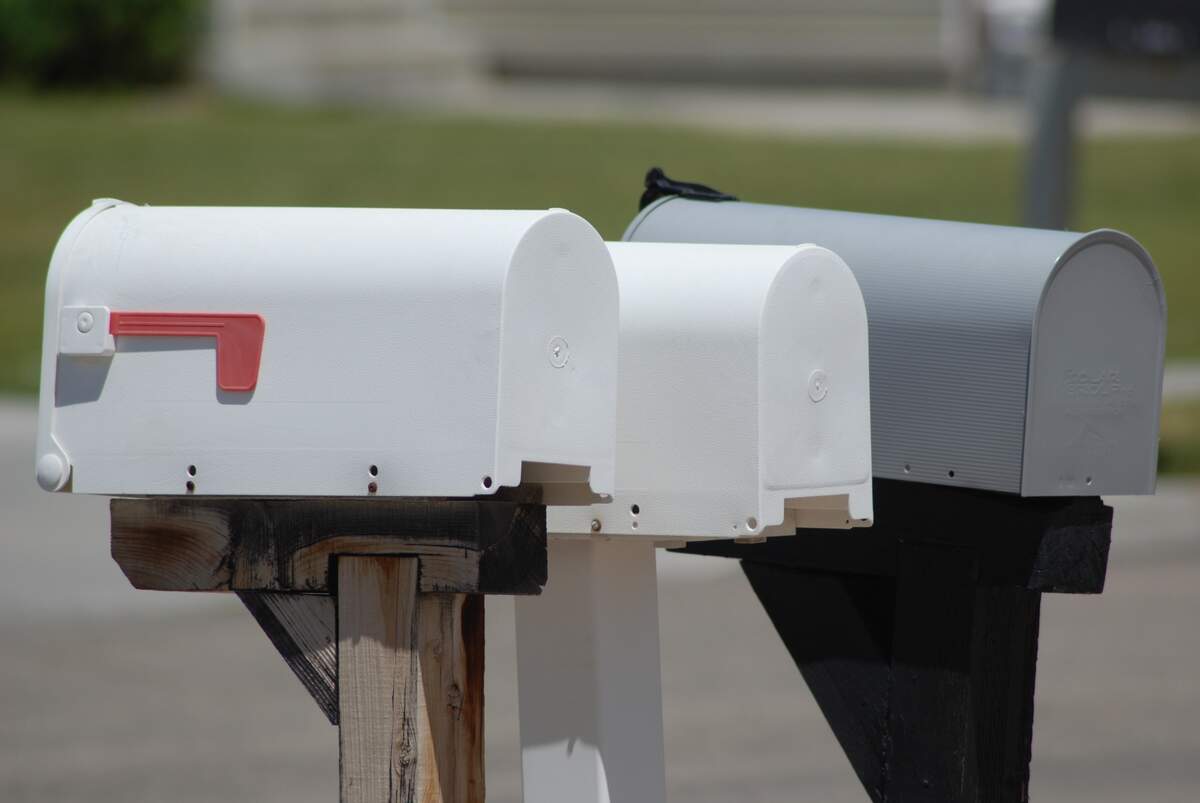

Snowplow Mailbox Hockey Day
Snowplow drivers often work long hours at all times of the day to keep streets safe for drivers. They keep the roads of cities and rural areas driveable, so that business can continue as usual. Because of all their hard work, snowplow drivers get to have a little fun today; they are allowed to see how many mailboxes they can knock over with their plows, and they are given "twenty extra points for boosting one into the next township." It is unclear how many points are given to snowplow drivers for just a normal mailbox takedown. The day was created by Thomas and Ruth Roy of Wellcat Holidays.
During the eighteenth and nineteenth centuries, horse carts and coaches used skis instead of wheels during the winter months, which actually meant more snow on the ground was better than no snow for travel. Instead of people plowing, there were "snow wardens" who rolled snow so it was smooth for the skis. They actually put more down in some instances, such as under covered bridges. Snow removal at the time was mainly just done on sidewalks.
By the mid nineteenth century, several patents for horse-drawn snowplows had been made, and they began to be used in residential streets and alleys. In 1862, Milwaukee became the first major city to try them out, and they quickly expanded to other cities. Their invention helped usher in the idea that municipalities were responsible for snow removal. Around the same time plows were put on the front of intercity steam trains, and salt started being used on streets, although it was protested.
A legendary blizzard hit the East Coast in 1888; it lasted three days, dropped 50 inches of snow, and its high winds created 40 foot tall snow drifts. In response to the blizzard, cities made changes to the way they plowed. They divided cities into sections, hired more plow drivers, and gave them assigned routes. They also started sending out plows during the early stages of storms, instead of waiting until there was a lot of snow.
The rotary snowplow, which would become the basis for the modern home snowblower, was introduced out West around the same time. In areas with mountain snow, plows that simply pushed snow off of railroad tracks weren't effective. This new plow funneled snow inside and tossed it out the top. It could throw the snow 200 feet, which kept the snow away from the tracks.
With the arrival of automobiles, all snow had to be removed on all roads, and horse-drawn plows were unable to handle the task. Motorized dump trucks with plows appeared as early as 1913, and caterpillar tractors with plow blades were also introduced. After being plowed, snow was hauled away by using shovels, cranes, and railway flatcars. In the early 1920s, Hans and Even Overaasen, two brothers from Norway, as well as Carl Frink in New York, separately came up with different designs for car-mounted snowplows. It was after this that motorized snow removal really took hold.
How to Observe Snowplow Mailbox Hockey Day
Today snowplow drivers pray for snow, because it is their lucky day to take out mailboxes while they are on the job. If you are a snowplow driver, it may be a good idea to come up with a point system with your fellow drivers. Since a driver gets 20 points for hitting a mailbox so hard it ends up in the next township, maybe they should get five points for just knocking one over. If you aren't a snowplow driver, today is a day for you to play defense. You must protect your mailbox from snowplows!





















